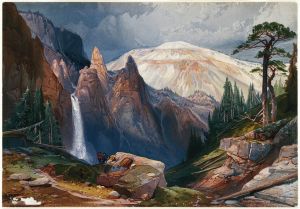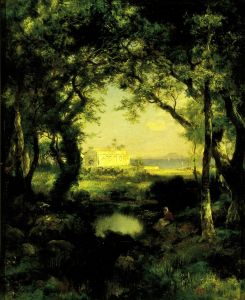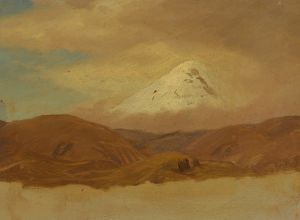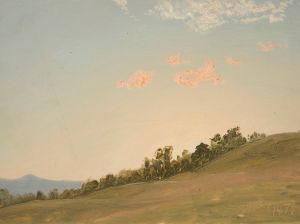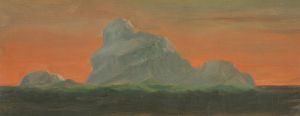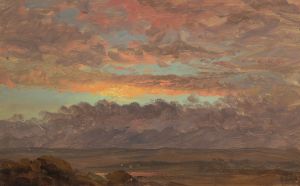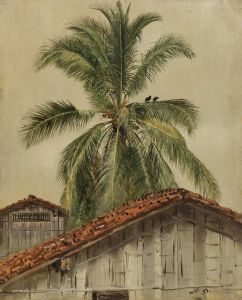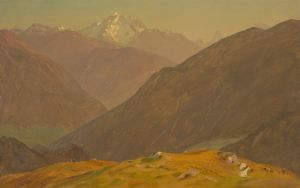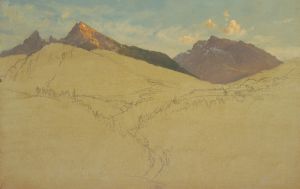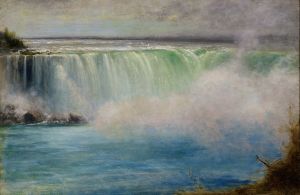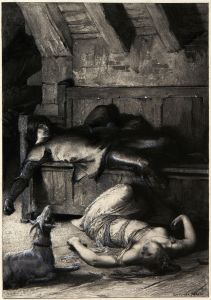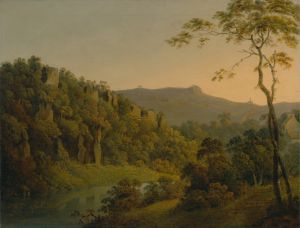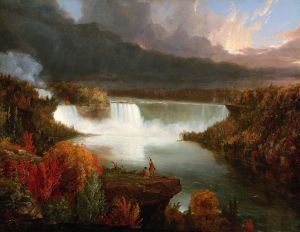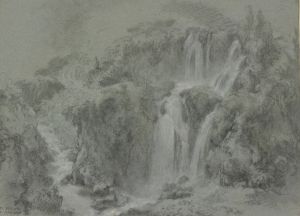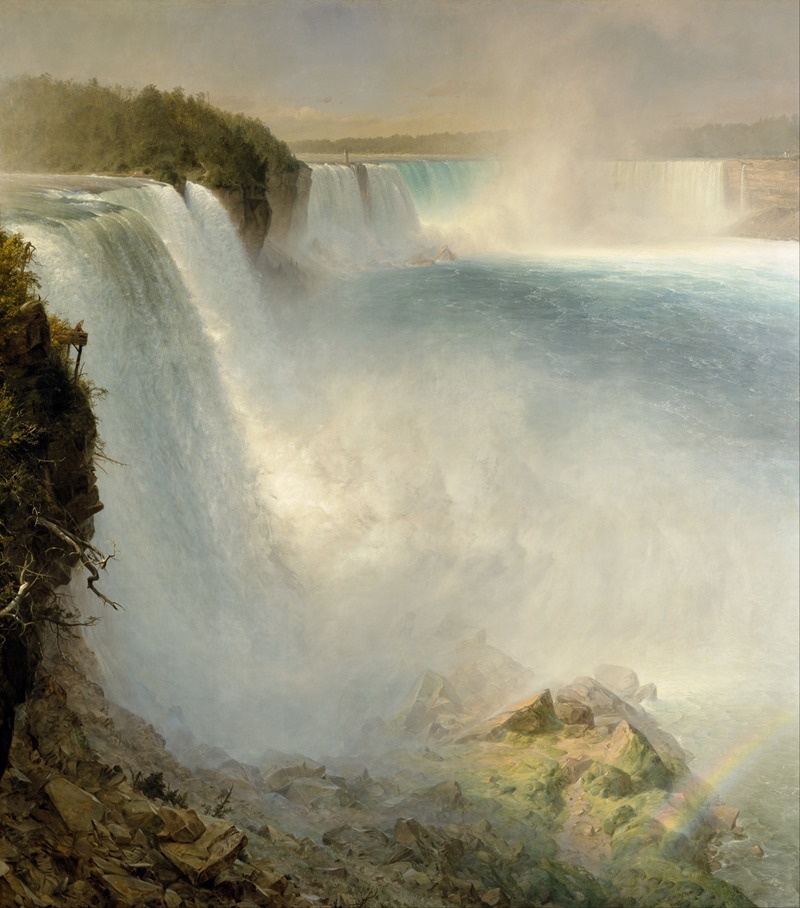
Niagara Falls, from the American Side
A hand-painted replica of Frederic Edwin Church’s masterpiece Niagara Falls, from the American Side, meticulously crafted by professional artists to capture the true essence of the original. Each piece is created with museum-quality canvas and rare mineral pigments, carefully painted by experienced artists with delicate brushstrokes and rich, layered colors to perfectly recreate the texture of the original artwork. Unlike machine-printed reproductions, this hand-painted version brings the painting to life, infused with the artist’s emotions and skill in every stroke. Whether for personal collection or home decoration, it instantly elevates the artistic atmosphere of any space.
"Niagara Falls, from the American Side" is a renowned painting by the American landscape artist Frederic Edwin Church, completed in 1867. Church was a central figure in the Hudson River School, a mid-19th century American art movement embodied by a group of landscape painters whose aesthetic vision was influenced by romanticism. This painting is one of Church's most celebrated works and exemplifies his ability to capture the grandeur and sublime beauty of the natural world.
The painting depicts the iconic Niagara Falls from the American perspective, showcasing the immense power and majesty of the cascading water. Church's meticulous attention to detail and his skillful use of light and color bring the scene to life, allowing viewers to almost hear the roar of the falls and feel the mist in the air. The composition is carefully balanced, with the falls occupying the central portion of the canvas, framed by the surrounding landscape.
Frederic Edwin Church was known for his extensive travels, which greatly influenced his work. He visited Niagara Falls several times, and his fascination with the site is evident in the painting's intricate details and dramatic presentation. Church's depiction of Niagara Falls reflects the 19th-century American fascination with the natural wonders of the continent, as well as the era's broader themes of exploration and discovery.
The painting was completed during a period when Niagara Falls was becoming an increasingly popular tourist destination, symbolizing both the beauty and the untamed power of the American landscape. Church's work captures this duality, presenting the falls as both a breathtaking natural wonder and a testament to the sublime forces of nature.
"Niagara Falls, from the American Side" was first exhibited in 1867 and received widespread acclaim. It was praised for its technical precision and its ability to convey the awe-inspiring scale of the falls. The painting is now housed in the National Gallery of Scotland, where it continues to be admired by art enthusiasts and scholars alike.
Church's work on this painting is a testament to his dedication to capturing the essence of the American landscape. His ability to convey the emotional and spiritual impact of nature through his art has left a lasting legacy, influencing generations of artists who followed. The painting remains a significant example of the Hudson River School's contribution to American art and its role in shaping the nation's cultural identity.
In summary, "Niagara Falls, from the American Side" is a masterful representation of one of America's most famous natural landmarks. Through his detailed and dramatic portrayal, Frederic Edwin Church not only captures the physical beauty of the falls but also evokes the sense of wonder and reverence that such a powerful natural phenomenon inspires.





